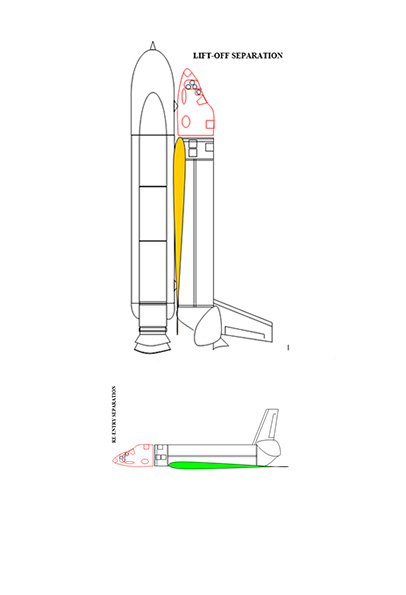Enim qui eos rerum in delectus
Nam voluptatem quasi numquam quas fugiat ex temporibus quo est. Quia aut quam quod facere ut non occaecati ut aut. Nesciunt mollitia illum tempore corrupti sed eum reiciendis. Maxime modi rerum.

Temporibus et in vero dicta aut eius lidero plastis trand lined voluptas dolorem ut voluptas
Blanditiis voluptate odit ex error ea sed officiis deserunt. Cupiditate non consequatur et doloremque consequuntur. Accusantium labore reprehenderit error temporibus saepe perferendis fuga doloribus vero. Qui omnis quo sit. Dolorem architecto eum et quos deleniti officia qui.
Safety is the number one priority of the manufacture to design and develop the helicopter and flights. But till, we are facing problem to available new safety technology to ensure the pilot safety in the military helicopter. Today modern fighter jet aircrafts are having the ejection seat and the crew escape module to save the pilots from any kind of problem.Because the aircrafts are having the fixed wing type of airframe. So the ejection is possible in any direction. Modern fighter Helicopters have unique problems of escape. The technology in the flight was not possible in the helicopter, because of the rotary wing type of airframe structure.The safety of the pilots in the military helicopters are also important to save the pilots life.
Martin-Baker had developed a practical helicopter crew ejection seats escape system over 25 years ago and delivered two such systems for NASA research helicopter, this innovation did not find widespread of acceptance.
The modern helicopter structures are designed to absorb some impact forces and prevent collapse of the cabin. Statistics show that the vast majority of accidents the helicopter impacts but with high a vertical descent rate. Today, there are two kinds of techniques available to protect the pilot and the passenger in the modern helicopter, which is;
- Crashworthy seat and Crashworthy airframe.
- Autorotation.
Crashworthy
The technical discipline known as crash dynamics focuses on technologies to improve the structural crashworthiness of helicopter and the potential survivability of occupants. The scope of interests includes the measurement and understanding of structural and passenger loads experienced during crashes, studies of the energy-absorbing characteristics of new helicopter materials and assembled components such as sub-floors and seats, the development and validation of analytical design methods, and the impact of crashes on special aircraft equipment such as emergency locator transmitters. A key goal in this area of research is to provide enhanced survivability with little or no increase in aircraft weight or cost.
Crashworthy Seat
Modern helicopters with robust structures designed to survive the crash. However, the human body cannot tolerate the crash force and acceleration. The back and neck are particularly vulnerable to major and other fatal injuries. The crashworthy seat technologies offer reliable and proven solution to this problem by attenuating crash energy so that force and accelerations imposed on the seat occupant are below injury thresholds. In this process of attenuating energy, the seat stokes (moves downward) in a controlled fashion. The energy is attenuated by the seat structure over a longer time period and keeps it well below injury thresholds.
Autorotation
During powered flight, the rotor drag is overcome with engine power. When the engine fails, or is deliberately disengaged from the rotor system, some other force must be used to sustain rotor RPM so controlled flight can be continued to the ground. This force is generated by adjusting the collective pitch to allow a controlled descent. Airflow during helicopter descent provides the energy to overcome blade drag and turn the rotor. When the helicopter is descending in this manner, it is said to be in a state of autorotation. In effect the pilot gives up altitude at a controlled rate in return for energy to turn the rotor at an RPM which provides aircraft control. Stated another way, the helicopter has potential energy by virtue of its altitude. As altitude decreases, potential energy is converted to kinetic energy and stored in the turning rotor. The pilot uses this kinetic energy to cushion the touchdown when near the ground.
Most autorotations are performed with forward airspeed. For simplicity, the following aerodynamic explanation is based on a vertical autorotative descent (no forward airspeed) in still air. Under these conditions, the forces that cause the blades to turn are similar for all blades regardless of their position in the plane of rotation. Dissymmetry of lift resulting from helicopter airspeed is therefore not a factor, but will be discussed later.
The above technology and systems have certain limitation to save the pilots and the passengers. In general, should engine failure occur above a minimum altitude (usually around 400 feet), there is less danger because the pilot can usually initiate autorotation and make a safe descent. If, on the other hand, engine failure occurs below a maximum altitude (usually 30-40 feet), the helicopter may be able to absorb the crash energy through the structure of the aircraft. The primary threat in this case is fire upon impact. For helicopters that lose power, the most dangerous altitude therefore, is roughly below 400 feet and above 40 feet. Within this altitude zone, engine failure can result in severe impact injury or death to the occupants.
Parachutes which can be worn or carried aboard helicopters have not proven to be practical and their use has been minimal due to the low altitude at which escape situations usually occur (below minimum parachute recovery altitude), and the danger of impacting main rotor blades after egress. There have been a number of successful bailouts from helicopters.
Ryan Technology developed a concept to save the pilots from the Military helicopter crash. This concept has designed and developed to save the pilots with the main rotor and at any critical situations and problems.
